Self-publishing success is ultimately knowing how to self-market your book.
No matter what book you’re writing, a critical aspect is the marketing message/strategy you use to discuss your book – social media, blogs, newsletters, interviews, etc. The right messaging is a big piece of the puzzle to attracting the right audience.
If you struggle with marketing strategy and the messaging behind it, you’re not alone.
Marketing is tough! If book marketing were as simple as posting great photos, stories, reels, and content on social media, we’d all be best sellers. Without a message behind it, a clear strategy, knowing who I am talking to and why, and creating content that speaks to that audience and draws them in, even with the right content, it can be hard to attract the right audience.
Marketing Strategies to sell your book: A good messaging strategy will help position your author’s brand for scalability. In advertising, six messaging strategies are most commonly used: emotional, unique selling proposition, generic, positioning, brand image, or pre-emptive. Knowing which messaging strategy you want when self-publishing is a significant first step toward creating a successful ad campaign for your book.
Emotional Strategy
An emotional message strategy uses feelings to sell. An ad or content using this tactic should connect its target audience emotionally to the book. Emotion is more than just a seasoning to sprinkle throughout your marketing tactics. It has a genuine, scientifically-proven impact on consumer decision-making. This means that writers/self-publishers can throw all the logic and facts they want at readers, but it will ultimately be an emotion that drives their book-buying decisions
Unique Selling Proposition Strategy
A USP strategy highlights something unique about your book or brand that others do not offer. This is the main selling point. What is the main differentiated factor that sets your book apart? What resonates with your readers?
The core of a Unique Selling Proposition can be challenging to pin down, as it varies wildly based on a writer’s offerings. To make matters even more confusing, a USP is not a slogan but can be used as such.
When writing a USP, experts advise breaking up the process into these three steps:
- Brainstorming emotional concepts for your business
- Putting yourself in your customers’ shoes
- Analyzing your competitors
Generic Strategy
Don’t be put off or confused by the word “generic.” When an ad uses a generic strategy, it focuses on selling the genre rather than the specific book. This does not mean you should use uninspired, non-descriptive language in your messaging.
Be warned before pursuing this strategy: the marketing landscape has shifted away from generic messaging since the events of 2020. It has resulted in a lot of messaging becoming a congealed mass of generic platitudes (i.e., “we’re all in this together”) that made it nearly impossible for the offending brands to stand out.
Positioning Strategy
Positioning identifies the book or brand as the best compared to the competition. Often these ads will boast features such as #1 in customer service.
For a more precise understanding, take a look at this 7-Step Brand Positioning Strategy Process, courtesy of Cult Branding:
To create a positioning strategy, identify your book’s uniqueness and determine what differentiates you from your competition.
There are seven key steps to clarify your positioning in the marketplace effectively:
- Determine how your brand/book is currently positioning itself
- Identify your direct competitors in that genre
- Understand how each competitor is positioning their brand/book
- Compare your positioning to your competitors to identify your uniqueness
- Develop a value-based and distinct positioning idea
- Build a brand positioning statement
- Test the effectiveness of your brand positioning statement
Brand Imaging Strategy
If you create a psychological connection with a brand/book, you are likely using this marketing message strategy. This strategy frequently makes a personality for a brand and may not always specifically sell a book.
Your brand image is perhaps essential in how potential readers understand your brand. It encompasses everything from the colors and fonts used in your book title to the imagery/art on your book covers. It is best to stay consistent in your imagery so that people think of you when they see it.
Pre-Emptive Strategy
Last but not least is the choice to use a pre-emptive strategy. This means you choose to be the first to claim your hero/world/plot. This claim may also be valid for your competition, but you are the first to tell your target audience about it. If you plan to use this approach, be sure that you are thoroughly researching competitors and their marketing strategies and approaches.
Success depends on finding the right angle, but it’s equally critical to distribute this message effectively.

